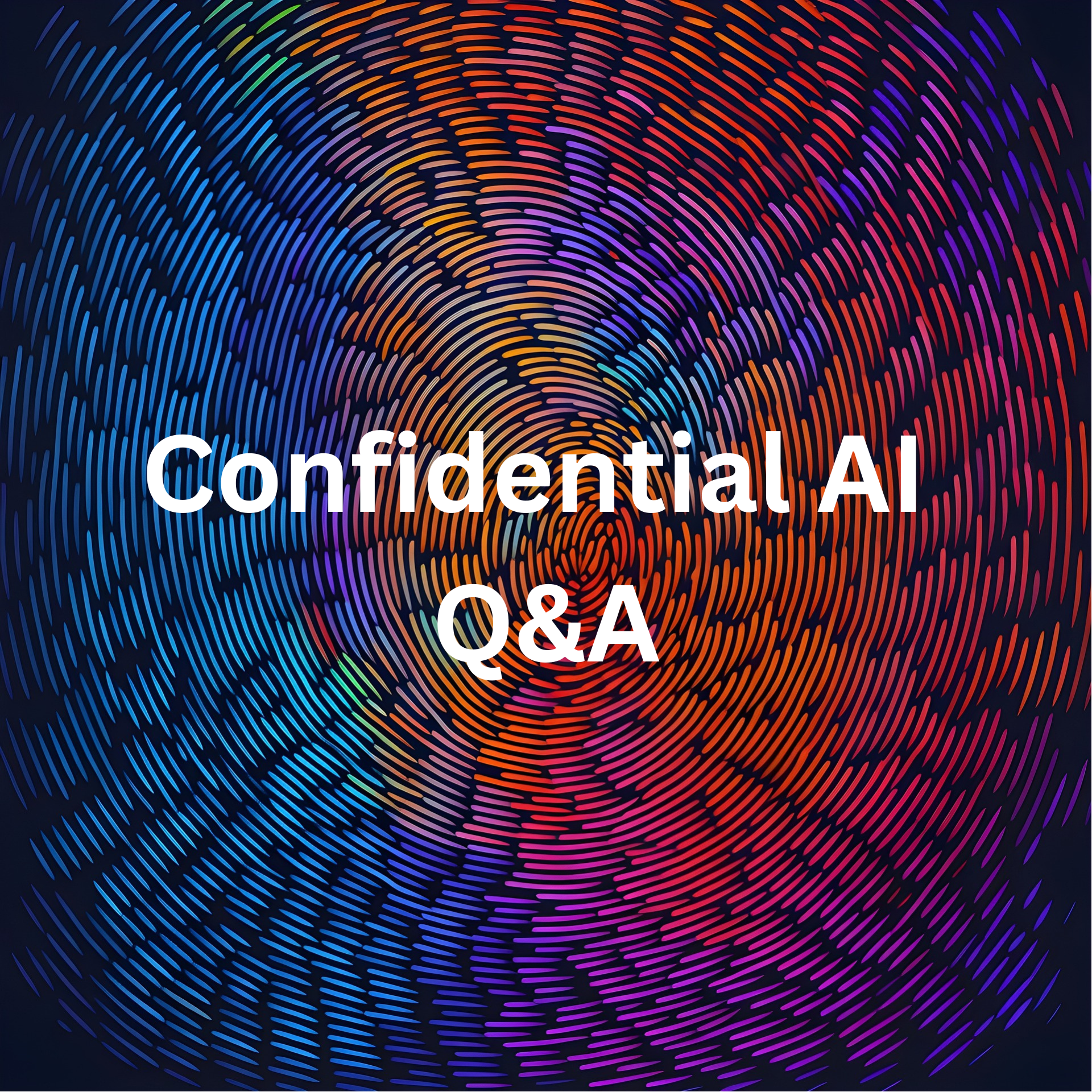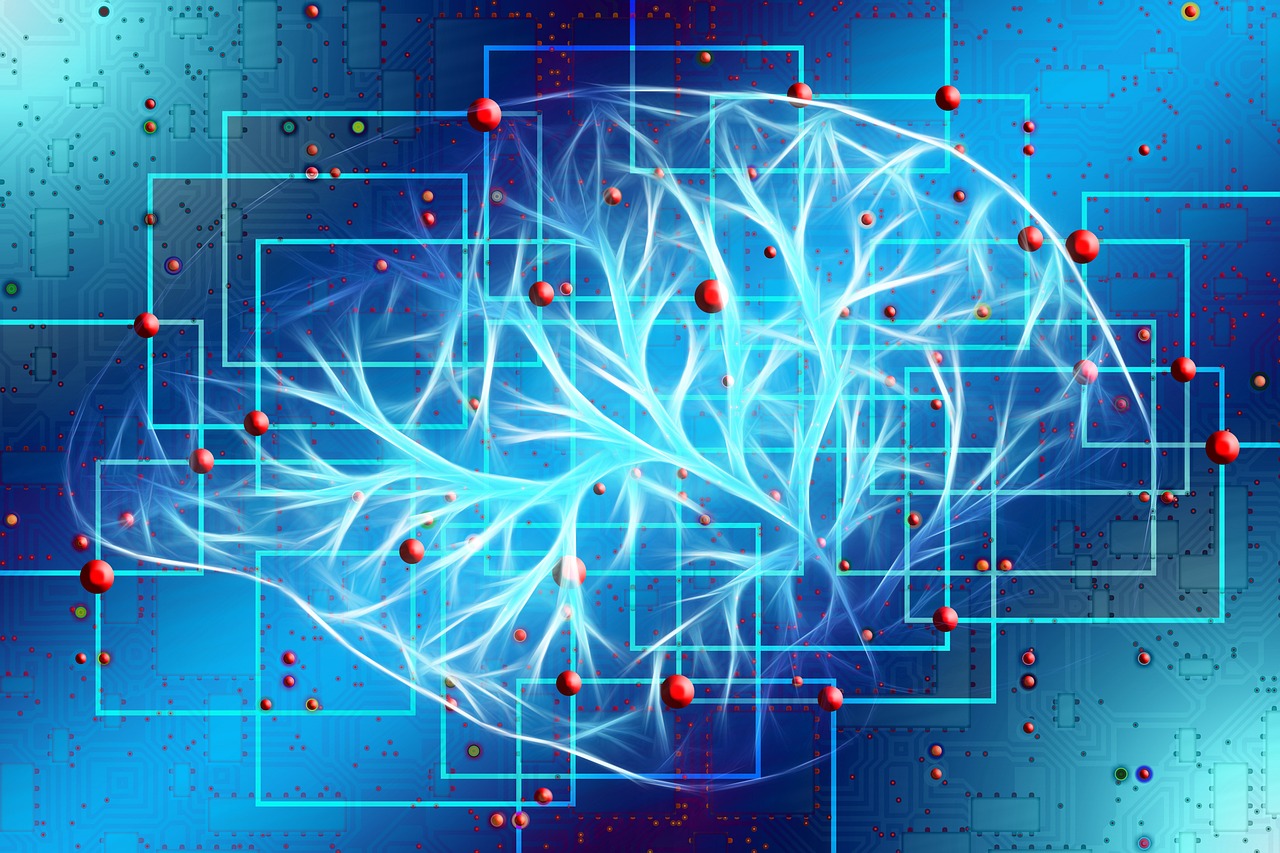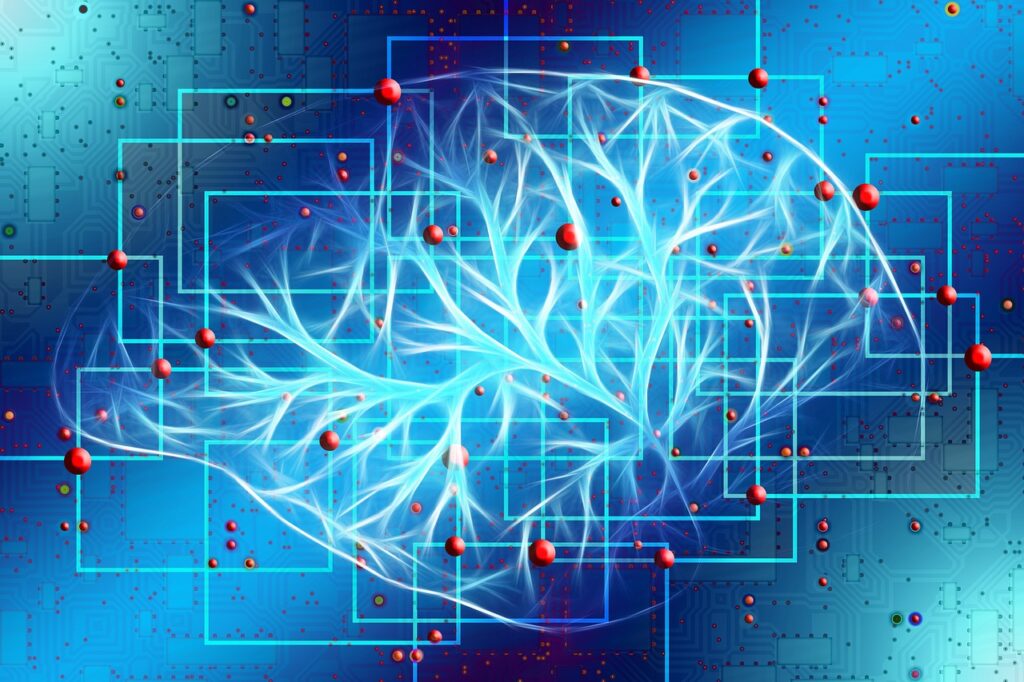
Edge AI Q&A
Nov 14, 2023

Edge AI Q&A
Nov 14, 2023

Leave a Reply
Addressing the Hidden Costs of AI
Nov 9, 2023

- Scalability considerations for generative AI in enterprises
- Significant computational requirements and costs for Large Language Model inferencing
- Fabric requirements and costs
- Sustainability impacts due to increased power consumption, heat dissipation, and cooling implications
- AI infrastructure savings: On-prem vs. Cloud
- Practical steps to reduce impact, leveraging existing pre-trained models for specific market domains
Leave a Reply
Confidential AI Q&A
Sep 14, 2023

Leave a Reply
Confidential AI Q&A
Sep 14, 2023

Leave a Reply
How Edge Data is Impacting AI
Sep 6, 2023

- The value and use cases of distributed edge AI
- How data fabric on the edge differs from the cloud and its impact on AI
- Edge device data privacy trade-offs and distributed agency trends
- Privacy mechanisms for federated learning, inference, and analytics
- How interoperability between cloud and edge AI can happen
Leave a Reply
How Edge Data is Impacting AI
Sep 6, 2023

AI is disrupting so many domains and industries and by doing so, AI models and algorithms are becoming increasingly large and complex. This complexity is driven by the proliferation in size and diversity of localized data everywhere, which creates the need for a unified data fabric and/or federated learning. It could be argued that whoever wins the data race will win the AI race, which is inherently built on two premises: 1) Data is available in a central location for AI to have full access to it, 2) Compute is centralized and abundant.
The impact of edge AI is the topic for our next SNIA Cloud Storage Technologies Initiative (CSTI) live webinar, “Why Distributed Edge Data is the Future of AI,” on October 3, 2023. If centralized (or in the cloud), AI is a superpower and super expert, but edge AI is a community of many smart wizards with the power of cumulative knowledge over a central superpower. In this webinar, our SNIA experts will discuss:
- The value and use cases of distributed edge AI
- How data fabric on the edge differs from the cloud and its impact on AI
- Edge device data privacy trade-offs and distributed agency trends
- Privacy mechanisms for federated learning, inference, and analytics
- How interoperability between cloud and edge AI can happen
Register here to join us on October 3rd. Our experts will be ready to answer your questions.

Leave a Reply
Training Deep Learning Models Q&A
May 19, 2023

Leave a Reply
Training Deep Learning Models Q&A
May 19, 2023

Leave a Reply
Digital Twins Q&A
Mar 9, 2023

- From Discrete DT (for both pre- and post-production), followed by composite DT (e.g assembly line, transportation systems), to Organization DT (e.g. supply chains, political parties).
- From pre-production simulation, to operational dashboards of current state with human decisions and control, to autonomous limited control functions which ultimately eliminate the need for individual device manager SW separate from the DT.
- In parallel, 2D DT content displayed on smartphones, tablets, PCs, moving to 3D rendered content on the same, moving selectively to wearables (AR/VR) as the wearable market matures leading to visualized live data that can be manipulated by voice and gesture.
- Over the next 10 years, I believe DTs become the de facto Graphic User Interface for machines, buildings, etc. in addition to the GUI for consumer and commercial process management.







Leave a Reply